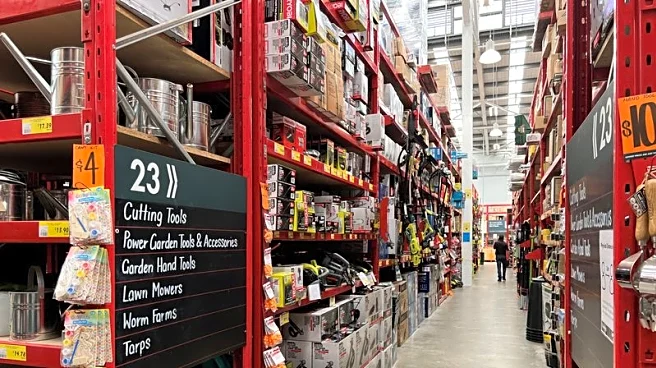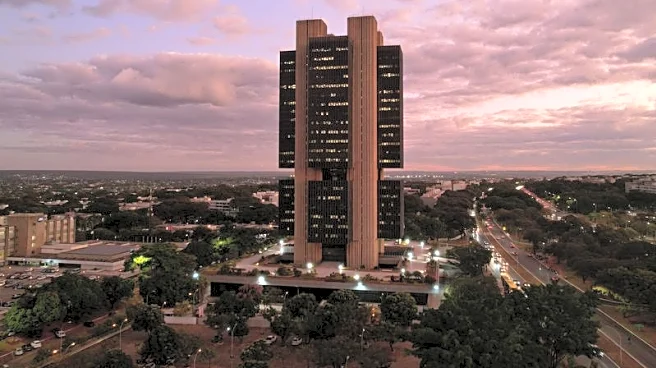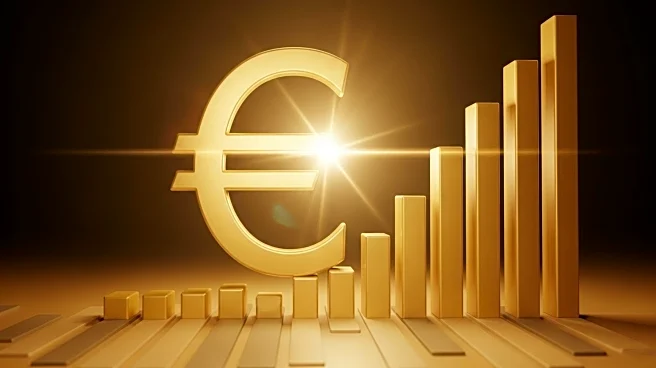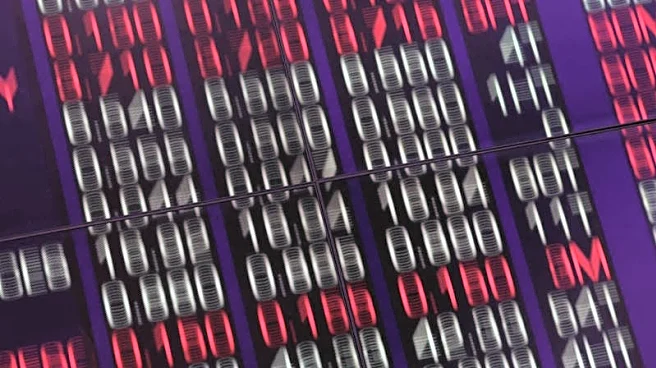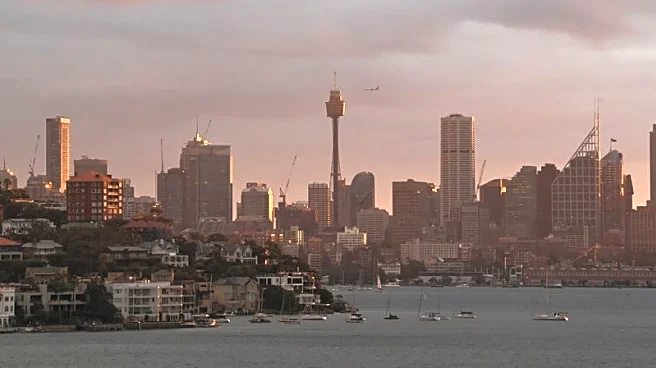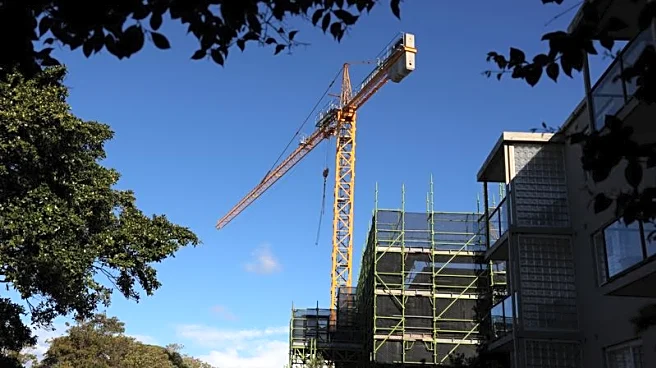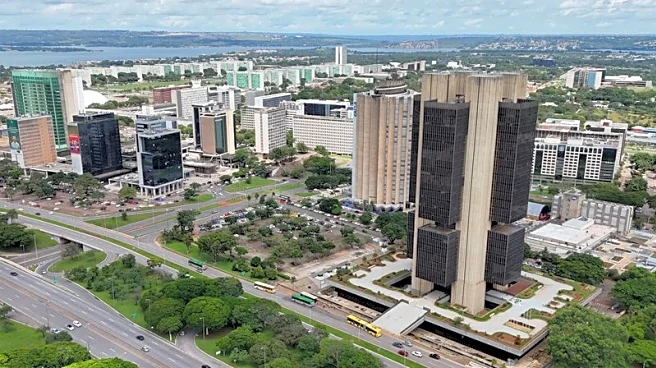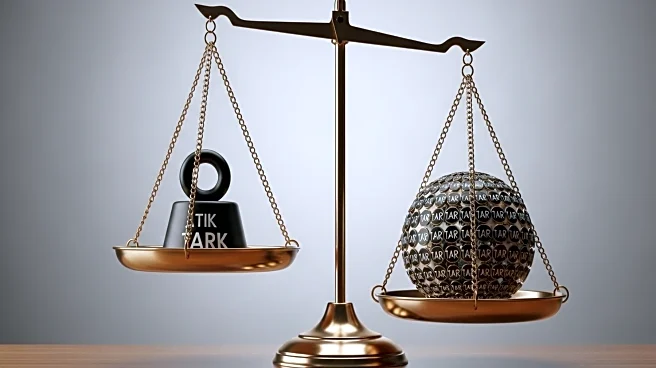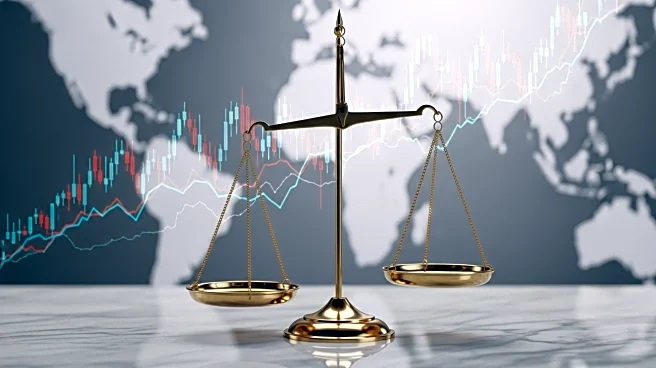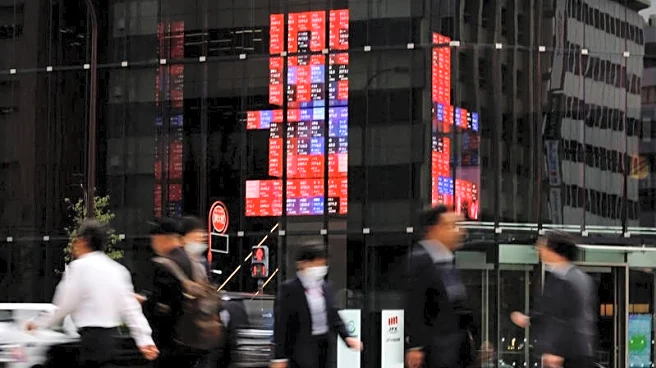SYDNEY (Reuters) -Australia's economy grew at the fastest annual pace in almost two years in the second quarter as consumers finally started spending after a long fallow stretch, data showed on Wednesday, taking over from the government as the main driver of growth.
The Reserve Bank of Australia has reduced rates three times since February to 3.6% as inflation cooled, with markets betting on another cut in November.
The Australian Bureau of Statistics reported real gross domestic product (GDP) rose
0.6% in the second quarter, topping market forecasts of a 0.5% gain. That compared with a 0.3% gain in the first quarter.
Annual growth accelerated to 1.8%, from 1.4%, the fastest pace in almost two years, but still short of the 2.5% pace that used to be considered "normal".
The bureau said household consumption jumped 0.9%, led by discretionary spending, adding 0.4 percentage points to GDP growth. The household savings ratio eased back to 4.2%, from 5.2%, as consumers chose to spend rather than save.
"End of financial year sales and new product releases contributed to rises in discretionary spending on goods including furnishings and household equipment, motor vehicles and recreation and culture goods," said Tom Lay, head of national accounts at the bureau.
"Households took advantage of the proximity of Easter to ANZAC day to extend their holiday break, resulting in rises in discretionary services."
Government spending, which was the engine of activity last year, added little to growth as investment in roads, rail and health plateaued. Business investment remained weak, adding nothing to economic growth.
The GDP result beat the RBA's forecasts which is expecting the economy to grow 1.7% by the year end. The central bank has so far adopted a gradual and cautious approach to policy easing, having only cut in February, May and August after the release of quarterly inflation data.
The much focus is now on the labour market, which has eased from full employment levels albeit at a gradual pace. The unemployment rate edged lower from a 3-1/2 year high in July, calming fears of a downturn in the labour market.
The report showed GDP per capita rose 0.2% in the quarter, having slid back into negative territory the previous quarter.
(Reporting by Stella Qiu and Wayne Cole; Editing by Jamie Freed and Shri Navaratnam)
